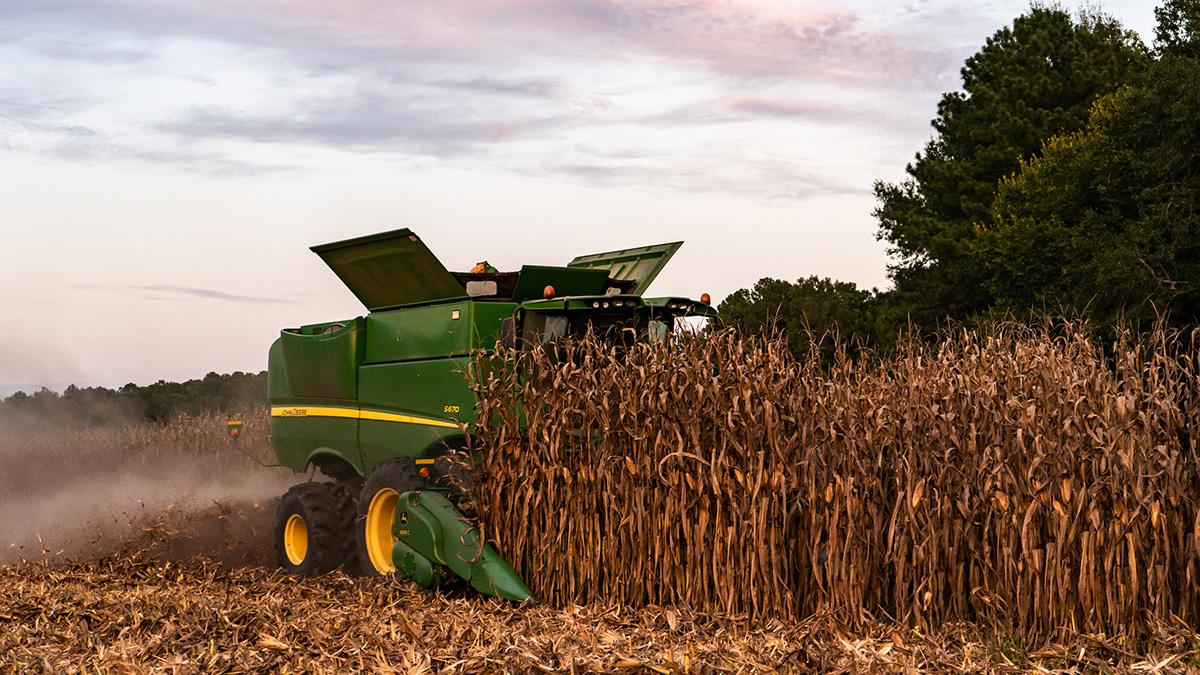Real Ag Stock.
This column was first published by Nebraska Farmer on Sept. 15, 2023, and is excerpted here with permission. Read the full column here.
One of the challenges in writing a monthly column for Nebraska Farmer is the need to be timely and relevant, while fitting into a production schedule of one to two weeks’ lead time between writing and web publication and four to five weeks for print.
Sometimes that precludes writing about topics that could come and go before print appears, and sometimes that limits the ability to make projections of what could happen in the coming weeks. This is not one of those times.
Is the farm bill late?
Federal farm legislation authorized in the Agricultural Improvement Act of 2018, or the 2018 Farm Bill, expires on Sept. 30. While there has been increased discussion and some legislative activity as of late (at least as of late August), there is not a finished product ready to be implemented at this point. What happens next and what it means can be an interesting discussion.
Not having a farm bill done on time is not a unique circumstance. In fact, it has become the norm. None of the past three farm bills (2008, 2014 and 2018) were completed on time before the previous farm bill expired.
Congress eventually completed the task and passed new legislation each time, but not before farm programs were left in limbo for some time amid discussion of a new bill, an extension of existing legislation or a reversion to something called “permanent legislation.”
To add more complexity to the issue, not all programs included in the farm bill are affected in the same way by farm bill expiration.
Some programs have permanent authorization and mandatory funding and can continue to function regardless of the status of the farm bill. Crop insurance is a prime example and traces its authority to the Federal Crop Insurance Act.
Recent farm bills have included crop insurance as a separate title, and its full cost is included with budget estimates of farm bill spending, but the farm bills have only included amendments or additions to the crop insurance legislation and not the underlying authority.
The standing disaster assistance programs are another example of permanently authorized and funded programs. After years of ad hoc disaster programs, several standing programs were included in the 2008 Farm Bill.
While standing crop disaster assistance was eliminated in 2011, the other four agricultural disaster assistance programs — the Livestock Indemnity Program (LIP); Livestock Forage Disaster Program (LFP); Emergency Assistance for Livestock, Honeybees, and Farm-Raised Fish Program (ELAP); and the Tree Assistance Program (TAP) — were reauthorized in the 2014 Farm Bill with permanent authority and mandatory funding.
Continued ...


